By_shalini oraon

Kantara Chapter 1: How a Kannada Cinematic Gem Cast Its Magic, Crossing ₹500 Crore in 17 Days
In the annals of Indian cinema, 2022 will be remembered as the year a divine, ferocious roar emerged from the coastal heartland of Karnataka, silencing the cacophony of big-budget spectacles and redefining the very meaning of a blockbuster. Kantara, directed by and starring the prodigiously talented Rishab Shetty, was not just a film; it was a cultural earthquake. Its box office journey—a staggering ascent to over ₹500 crore globally in a mere 17 days—stands as a masterclass in how authentic storytelling, rooted in soil and spirit, can achieve the impossible. This is the story of that magical run.
From Humble Beginnings to a National Obsession
When Kantara (meaning ‘mystical forest’) opened in theatres on September 30, 2022, its initial box office figures were respectable but not earth-shattering. It garnered a strong opening in its home state of Karnataka, propelled by the success of Rishab Shetty’s previous film, Kirik Party, and the intriguing promise of a folklore-based thriller. The budget was a modest ₹16 crore—a fraction of the typical Bollywood or pan-Indian tentpole. The first weekend was solid, but the true tsunami was yet to come.
The catalyst was word-of-mouth. Unlike the manufactured hype of marketing campaigns, this was an organic, visceral reaction from audiences who had witnessed something extraordinary. Viewers emerged from theatres not just entertained, but transformed. They spoke of the film’s breathtaking climax, a cinematic tour de force where the human and the divine collide, as a near-religious experience. Social media exploded with clips, discussions, and recommendations. This wasn’t mere publicity; it was evangelism. Every single viewer became a brand ambassador, fueling a box office trajectory that defied all conventional logic. Instead of declining after the first week, the collections grew, a phenomenon so rare it signaled a paradigm shift.
The 17-Day Milestone: Deconstructing the ₹500 Crore Juggernaut
By Day 17, the numbers were so monumental they demanded a rewrite of the record books. Crossing ₹500 crore globally is a feat reserved for a handful of Indian films, almost all of which were mega-budget productions with A-list stars and nationwide releases. Kantara achieved this with a regional core and a fraction of the resources. Let’s deconstruct where this colossal figure came from:
1. The Karnataka Fortress: The film’s most dominant performance was in its home territory. Kantara didn’t just break box office records in Karnataka; it vaporized them. It became the highest-grossing Kannada film of all time in a matter of weeks. Theatres ran houseful shows for weeks on end, with the original Kannada version demonstrating unprecedented staying power. The emotional connection to the depiction of Bhoota Kola, the Tulu dialect, and the coastal landscape created a sense of cultural pride that translated into repeated viewings. The state alone contributed a massive portion, well over ₹150 crore, to the domestic total.
2. The Hindi Dub: A Game-Changing Masterstroke: The true genius of Kantara’s strategy lay in the delayed release of its Hindi-dubbed version. Released on October 14, nearly two weeks after the original, it allowed the “wave” of positive reviews from the South to crest and spill over into the Hindi-speaking markets. By the time it arrived in North Indian cinemas, the curiosity had reached a fever pitch.
The Hindi version didn’t just perform well; it replicated the Kannada miracle. It showed staggering week-on-week growth, a clear indicator of powerful word-of-mouth. In a market dominated by Bollywood giants, this Kannada film, with no familiar faces for that audience, began outperforming them. It wasn’t just a “success”; it was a cultural conquest, proving that a compelling narrative could bridge any linguistic divide. The Hindi version alone rocketed past the ₹100 crore mark, becoming the primary engine for the film’s pan-India collections, which stood at an estimated ₹350 crore by the 17-day mark.
1. Global Resonance: The magic of Kantara was not confined to Indian borders. The film performed exceptionally well in international markets like the USA, UK, Canada, Middle East, and Australia. The universal themes of man vs. nature, faith, greed, and justice, combined with the film’s visual grandeur and visceral action, resonated with the global diaspora and foreign cinephiles alike. The international box office added a crucial ₹50-70 crore to the running total, pushing the global gross comfortably past the historic ₹500 crore milestone within those fateful 17 days.
The Anatomy of the Magic: Why Kantara Worked
The box office numbers are a symptom, not the cause. The real story is why the film connected so deeply.
· Rooted Authenticity: In an era of homogenized pan-Indian cinema, Kantara was unapologetically local. It dove deep into the folklore of Bhoota Kola, a sacred ritual of Tulu Nadu, presenting it not as a backdrop but as the very soul of the narrative. This authenticity provided a freshness that urban-centric stories lacked.
· Rishab Shetty’s Vision: As the writer, director, and lead actor, Rishab Shetty was the undeniable auteur. His passion and conviction were palpable in every frame. His dual performance, particularly his transformation in the climax as the possessed Panjurli Daiva, is already the stuff of cinematic legend.
· Technical Brilliance: Arvind S. Kashyap’s cinematography captured the lush, menacing beauty of the forest and the raw energy of the rituals with a docu-drama realism. B. Ajaneesh Loknath’s background score was not just music; it was a character in itself—primal, pulsating, and deeply evocative, elevating the narrative to mythic proportions.
· The Climax: The final 20 minutes of Kantara are a masterstroke of visual storytelling. It’s a sequence that transcends language and culture, operating on a purely visceral and emotional level. This climax became the film’s primary talking point, the single biggest driver of its word-of-mouth tsunami.
A Clarification and a Lasting Legacy
It is important to note that the widely circulated “₹500 crore in 17 days” figure represents the global box office gross. The final pure theatrical revenue, or net collection, after accounting for theatre shares and taxes, is estimated to be an equally impressive ₹400+ crore. Furthermore, this success was amplified by a record-breaking satellite and digital rights deal with Netflix, reportedly for over ₹100 crore, which is often added to the overall commercial success tally.
In conclusion, the 17-day, ₹500 crore journey of Kantara is more than a box office statistic; it is a beacon of hope and a case study for Indian cinema. It proved that a story, when told with conviction, passion, and a deep connection to its roots, possesses a power that no budget can buy. It reaffirmed that the audience, above all, craves substance. Kantara didn’t just cross a financial milestone; it crossed a cultural threshold, forever casting its divine and indomitable magic on the world of cinema.
Discover more from AMERICA NEWS WORLD
Subscribe to get the latest posts sent to your email.
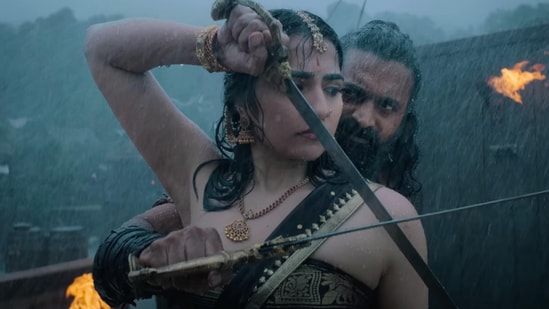



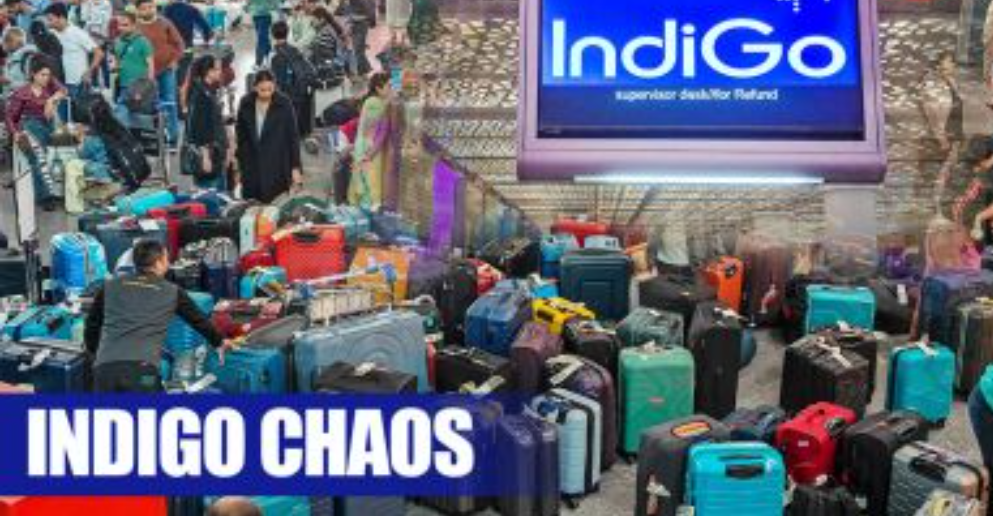
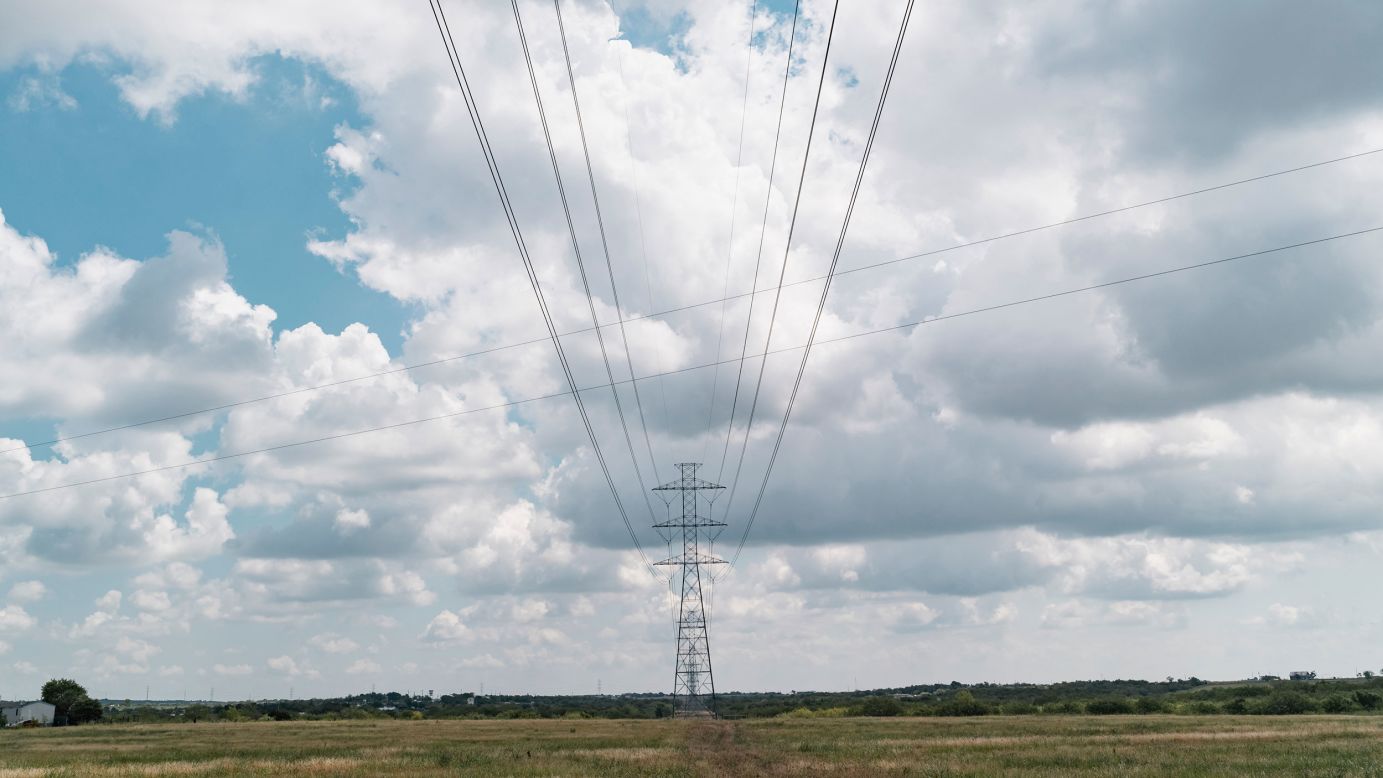







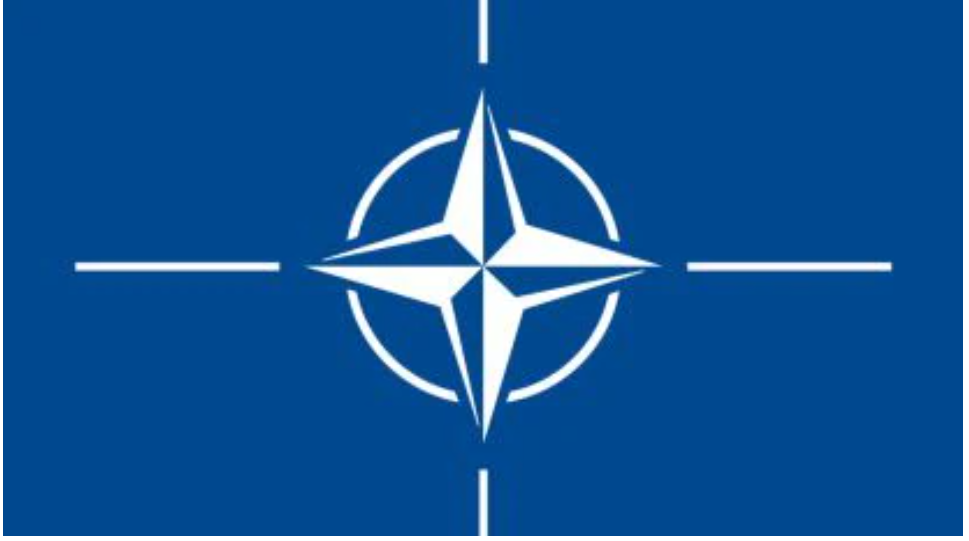





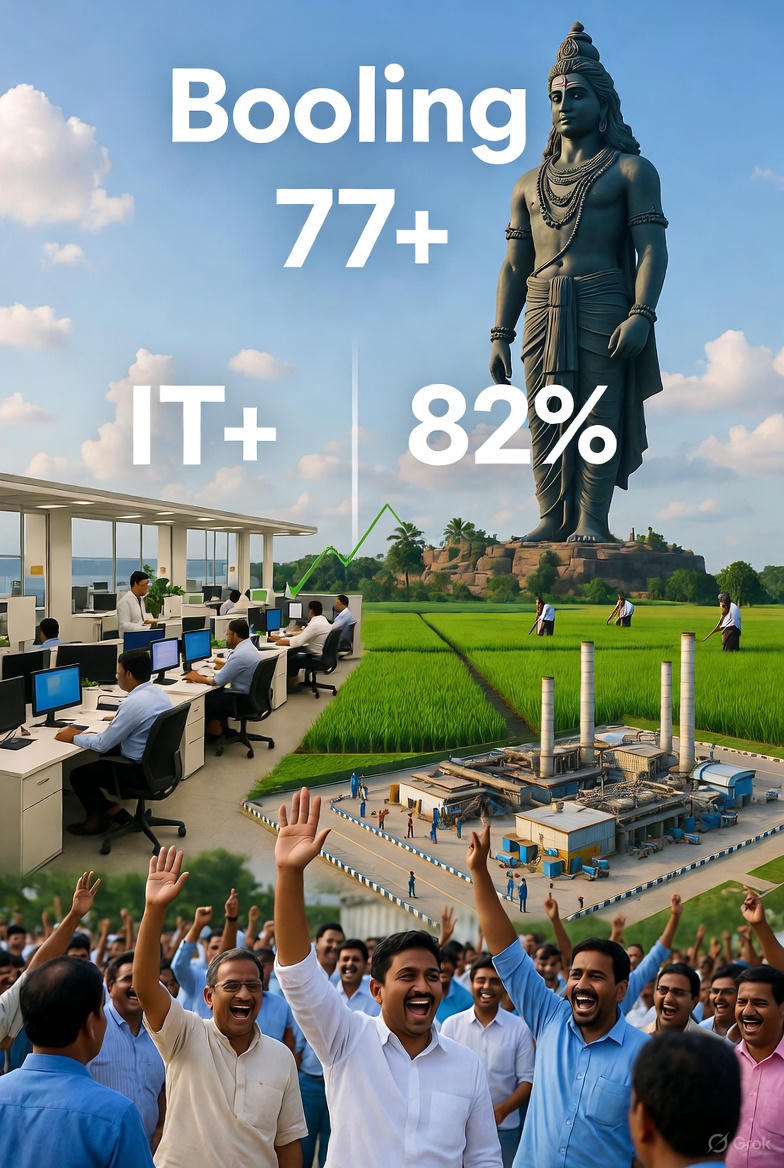





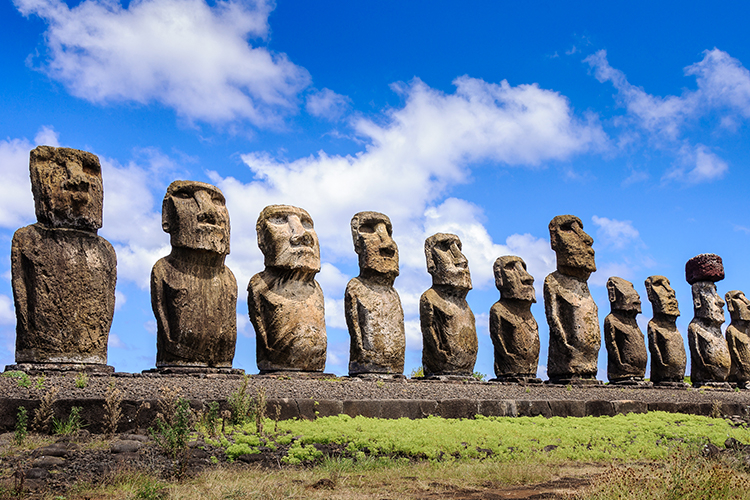
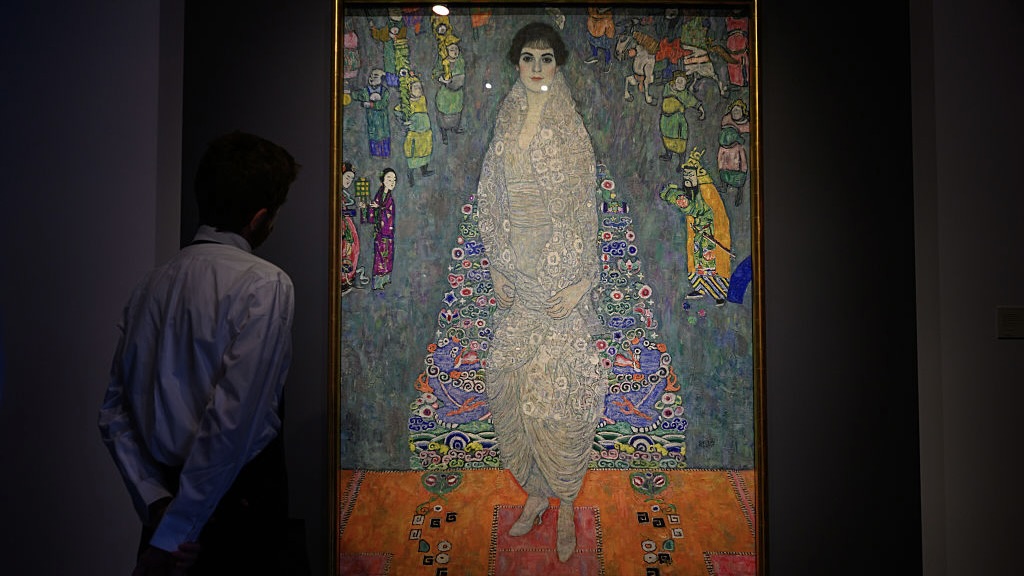






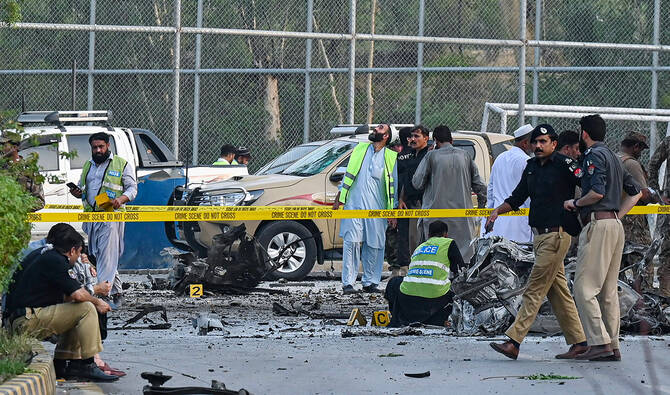





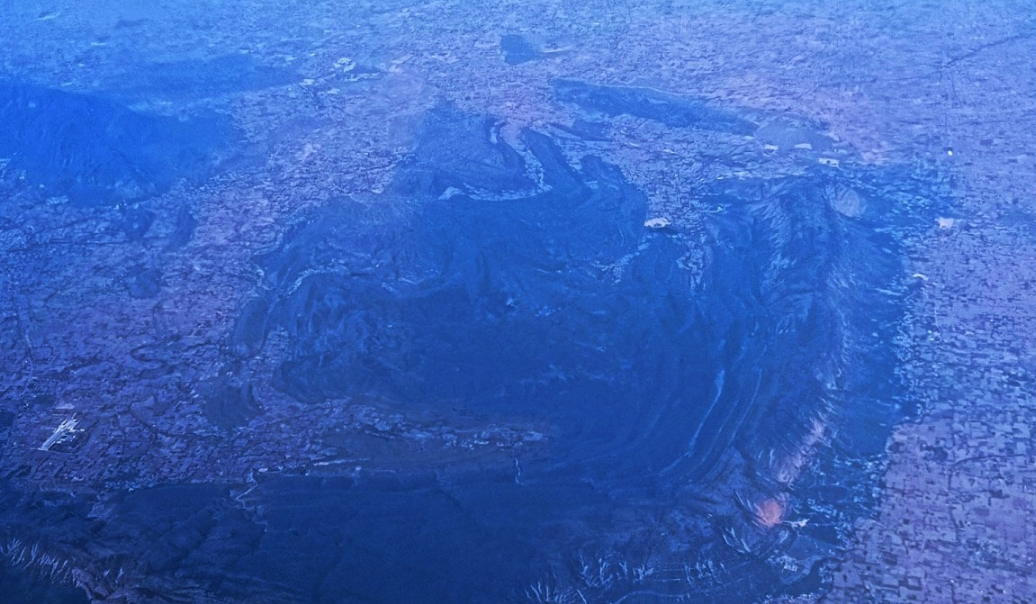
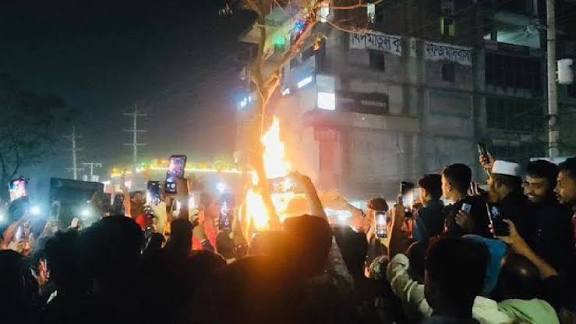
Leave a Reply